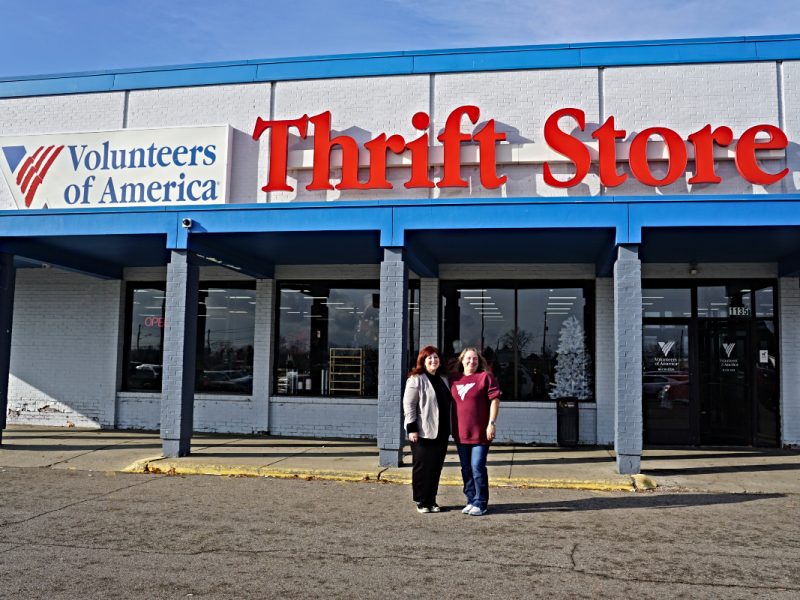
The loss of health journalism has had wide-ranging impacts on the communities health reporters once served. But a variety of innovative solutions have arisen to fill the gap and restore some of the coverage that's been lost.
This article is part of State of Health, a series about how Michigan communities are rising to address health challenges. It is made possible with funding from the Michigan Health Endowment Fund.
To conclude the second year of this series, the Health Fund asked us to take a closer look at how health journalism’s decline has affected communities and what solutions have arisen to fill the resulting gaps in health coverage. Here’s what we found.
As a single public health issue has eclipsed all other news stories in 2020, Michigan Radio program director Zoe Clark says a nationwide loss of community health reporters has been especially keenly felt.
“It’d be sort of like in the Great Recession, in the mid-aughts, if we didn’t have reporters that understood the economy, or after 9/11, if we didn’t have reporters at the Pentagon,” she says. “… Sometimes what you’re hearing is reporting about the economy and the coronavirus, or reporting about the political gamesmanship and the coronavirus, but how much actual health reporting are you hearing? And it’s not nearly, I think, as much as there should be for listeners and for viewers and for readers.”
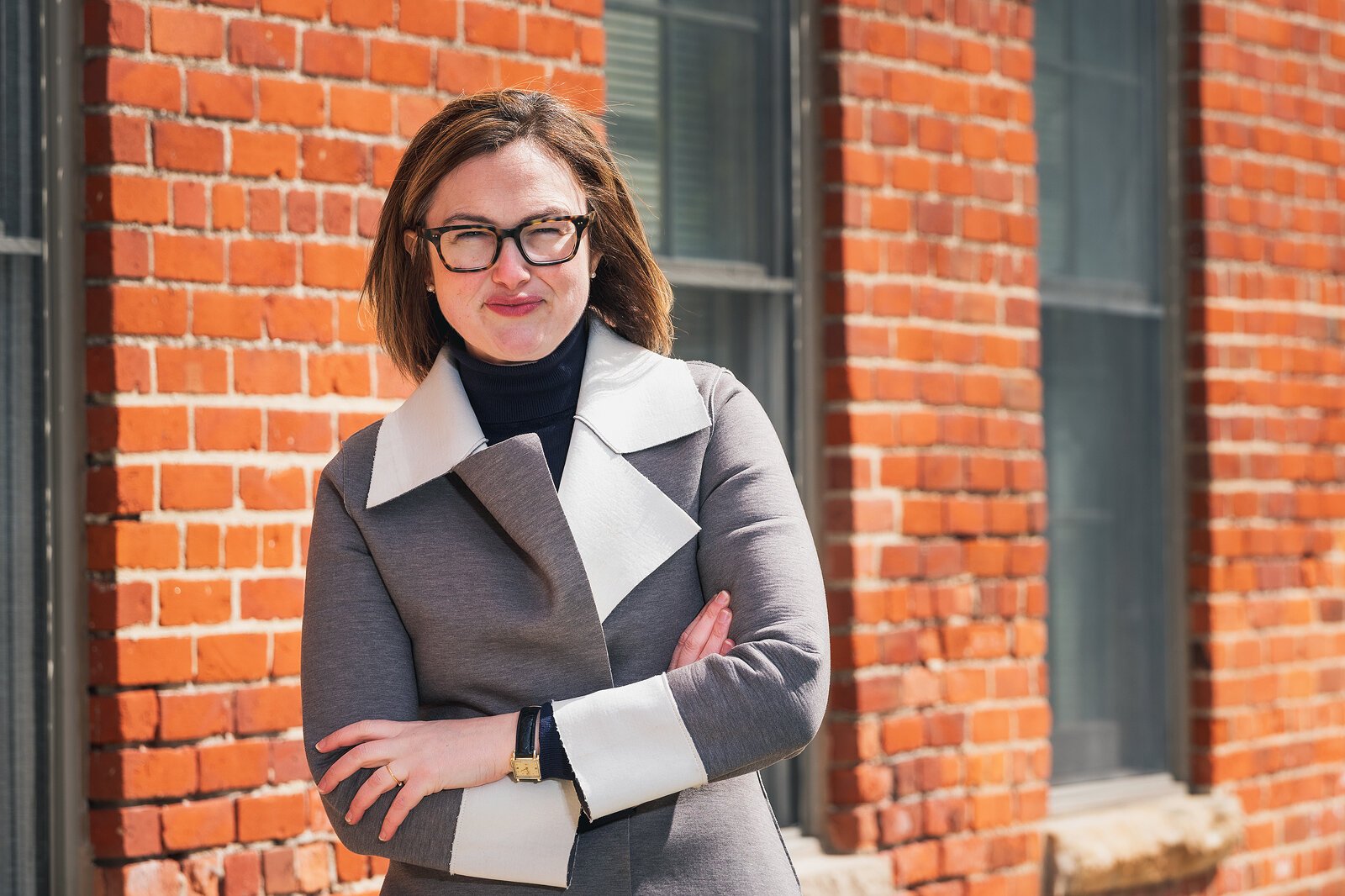
Clark and many others attribute that to drastic reductions in newsroom staff over the past decade or more. While journalism has contracted in general, health has often been seen as a more dispensable beat and health reporters have been among the first on the chopping block at many outlets. Their work is either left to general assignment reporters who lack specialized knowledge – or abandoned entirely.
That change has had wide-ranging impacts on the communities health reporters once served, both in Michigan and across the country. But a variety of innovative solutions have arisen to fill the gap and restore some of the health coverage that’s been lost.
Health journalism “largely missing” from newsrooms
Experts in both the health care and journalism worlds have tracked a steep decline in health reporting across the U.S. for at least a decade. Rick Weiss worked as a science reporter at the Washington Post for 15 years before launching SciLine, a free service that connects journalists to expert sources on science-related issues. While working at the Post, Weiss says “it seemed like most outlets had at least a health reporter.” But when he embarked on a grant-funded trip to personally introduce SciLine to newsrooms across the country in 2017, the picture had changed.
“So many places we visited not only didn’t have a health reporter, but they would tell us, ‘Yeah, our last health reporter was laid off a month ago or six months ago,'” he says. “That resource is largely missing now from newsrooms.”
A 2019 Pew Research Center analysis of U.S. Bureau of Labor Statistics data found that newsroom employment plummeted by 23% from 2008 to 2019, and newsroom employment at newspapers dropped by an even sharper 51%. Similar statistical analysis is not available for health journalism employment in particular, but a decline was already evident over a decade ago in a 2009 report commissioned by the Kaiser Family Foundation (KFF).
The report cites a 2008 KFF survey of Association of Health Care Journalists (AHCJ) members, 94% of whom said bottomline pressure in news organizations was seriously hurting the quality of health news. 40% said the number of health reporters at their outlet had decreased while they’d worked there, and 39% said it was at least somewhat likely their own position would be eliminated in the next few years.
“I think editors had really tough choices to make,” says David Rousseau, publisher of Kaiser Health News (KHN), an editorially independent nonprofit program of KFF. “It wasn’t that they singled out these issues as being less important. It was that they had lots of staff and lots of issues to cover in a really dire fiscal situation to try to cover everyone’s salaries. And I think they made the best choices they had at the time on what staff to retain, but the result was a lot fewer health journalists in a lot of places around the country.”
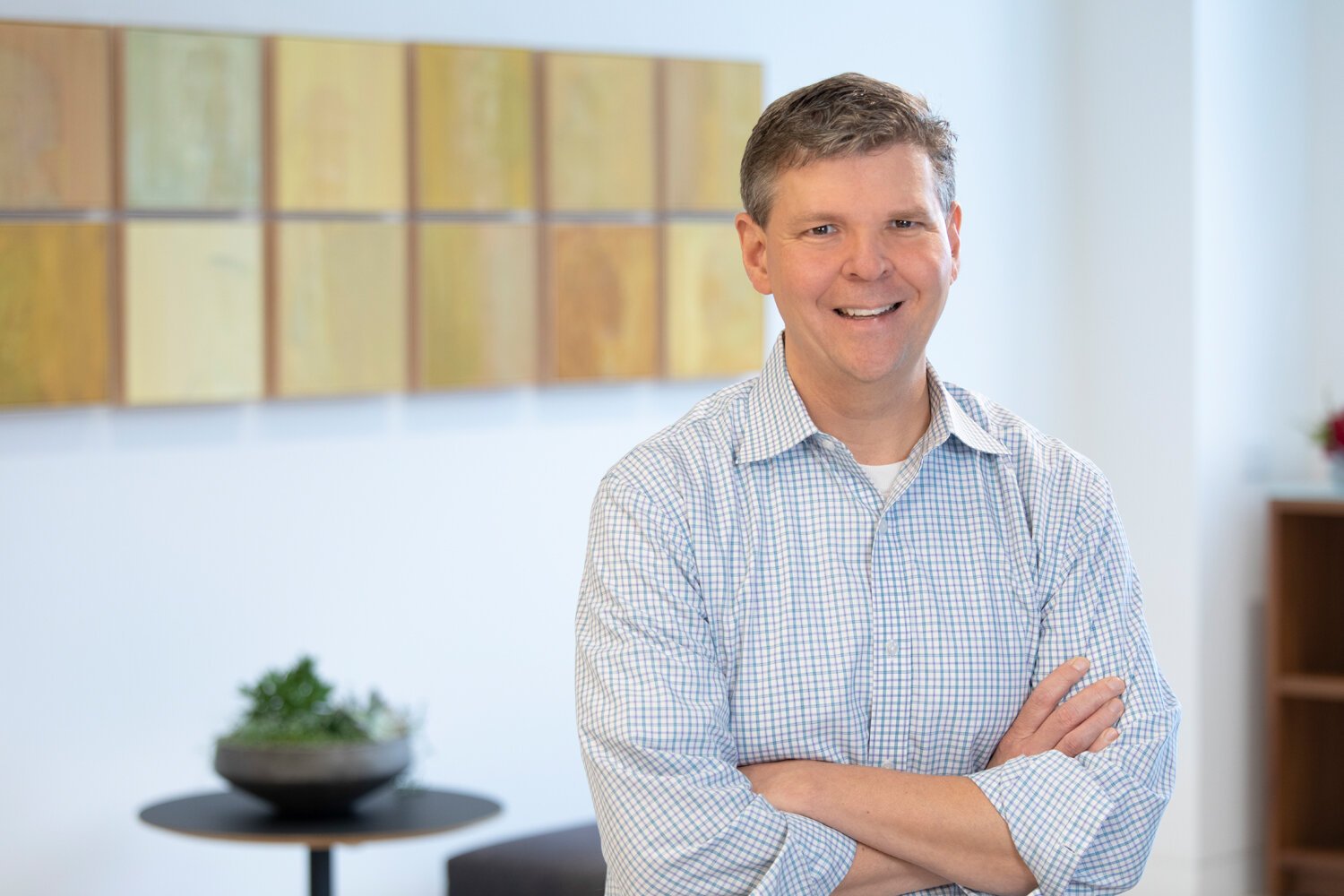
The California Health Care Foundation (CHCF) has seen that decline as a major problem and put significant resources into addressing it. The foundation has funded nonprofit health journalism in California – including its own California Healthline, published by KHN – for over 20 years. Steven Birenbaum, senior communications officer at CHCF, says the fund invests about $2 million annually in journalism.
“For us, having effective media cover the health care industry and cover government is really a big part of how we can improve the healthcare system,” he says. “And so if that’s missing, if that lever is missing for us, then that’s a big issue.”

However, he says, “the jury is out” on if the health reporters who’ve been lost can ever be fully replaced – particularly in smaller communities outside of major population centers. He notes that California Healthline boasts “tip-top reporters,” but their coverage of smaller communities is often done from a distance by necessity.
“[They’re] not necessarily going to the Inland Empire in southern California themselves,” he says. “A lot of the lens that they’re covering it through may be a little bit broader than someone who actually lives and works in that community. And I think that’s really the big downside of what’s happened, that there isn’t someone in those communities now doing the on-the-ground reporting.”
That trend isn’t limited to California, and Rousseau says it’s affected readers’ trust in the health journalism that is still available.
“There are just not local stories … written by people who [readers] might run into at the supermarket or the PTA meeting, who they trust because it’s someone they know, published by an organization that they know that is local, that features institutions and people that they know,” he says. “And those stories, I think, are inherently less partisan and more relevant to people than the national [Associated Press] story that may or may not resonate for them locally.”
Community impacts
In Michigan, as in the rest of the U.S., these changes have had sobering impacts on how people understand public health and on the health care sector’s ability to communicate with the communities it serves. Weiss says one major problem is that health reporting is often done by general assignment reporters, who may lack detailed knowledge of health topics and miss important nuances in the resulting coverage.
“You’ll see stories come out that say, for example, it looks like blueberries can stave off Alzheimer’s or cure cancer without noticing that this was a study in mice,” he says. “… Or you might not notice that this study was funded by the North American Blueberry Association, as one was that I looked at recently, which doesn’t mean the study isn’t good, but it’s a flag that’s worth noting.”
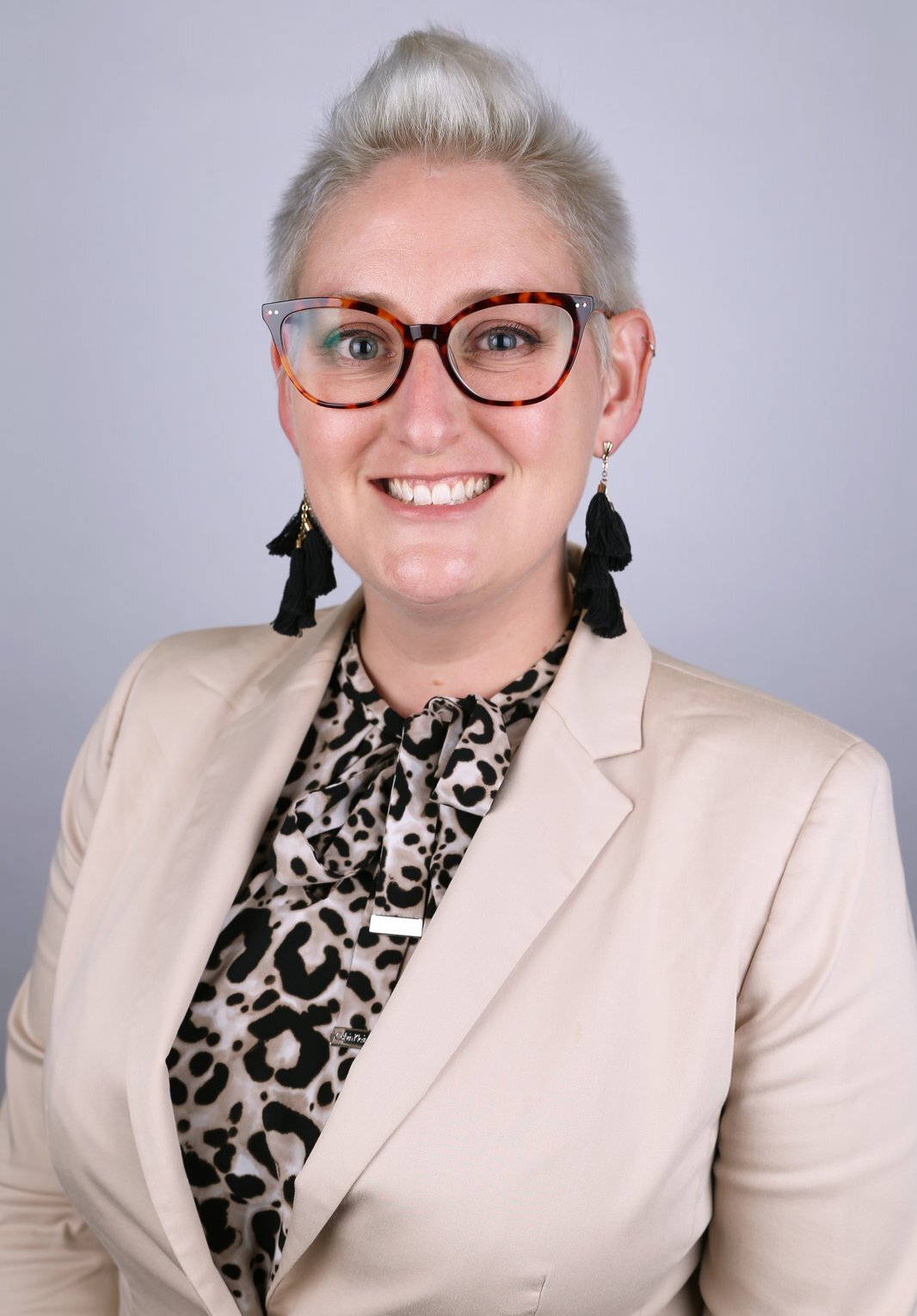
That can create challenges as those in the health care world attempt to get information to the public. Jen Anderson is the associate director of communications for the Michigan Primary Care Association, an advocacy organization for Michigan community health centers. She recalls once spending an hour and a half on the phone with a reporter, explaining what community health centers are and what they do.
“You don’t always have an hour and a half with somebody to be able to do that kind of work,” Anderson says. “So that’s one of the challenges certainly, being able to bridge that gap.”
Dana Lawrence, director of communications for the Michigan Academy of Family Physicians, notes that a lack of health journalism has far-reaching impacts on the general public as well.
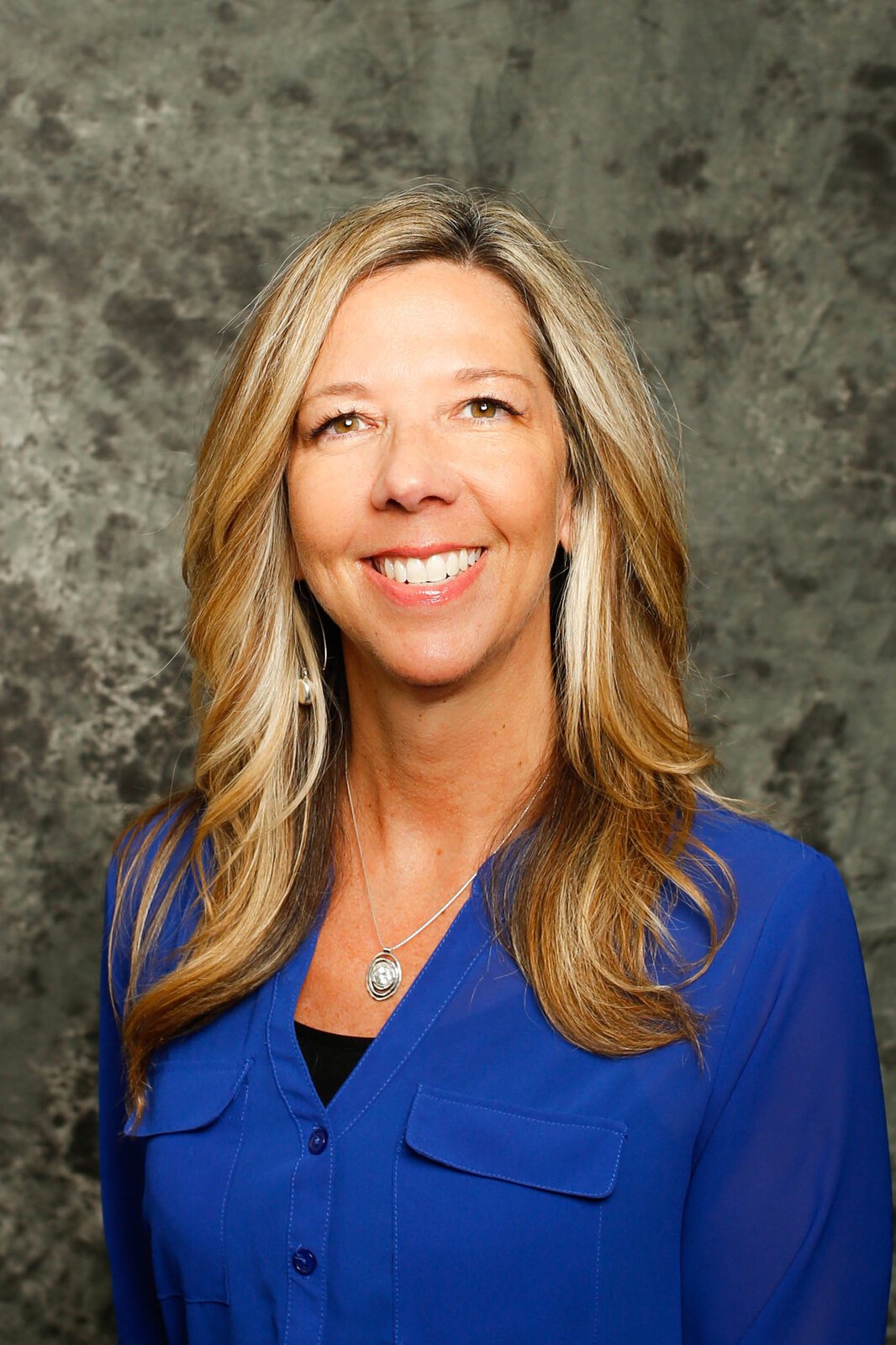
“Their health outcomes are going to be worse if they don’t know how to help take care of their own health in the proper way, if they don’t have science-based evidence,” she says. “… And then there can also be increased costs because people are then going to the ER instead of going to their primary care physician.”
In the absence of robust health reporting, Rousseau notes that the work of storytelling has shifted to those who have “vested interests” in the health care world – including hospitals, insurers, and politicians – leading to a lack of public accountability for those parties. But some of Michigan’s health care communications professionals say they prefer a world with more health journalists. Anderson says social media is one good way to communicate with the public, but journalists bring a “certain level of authority” to the stories they report.
“There’s a certain level of trust that goes with that, because you’re hearing it from somebody else,” she says. “You’re not just hearing it straight from the horse’s mouth.”
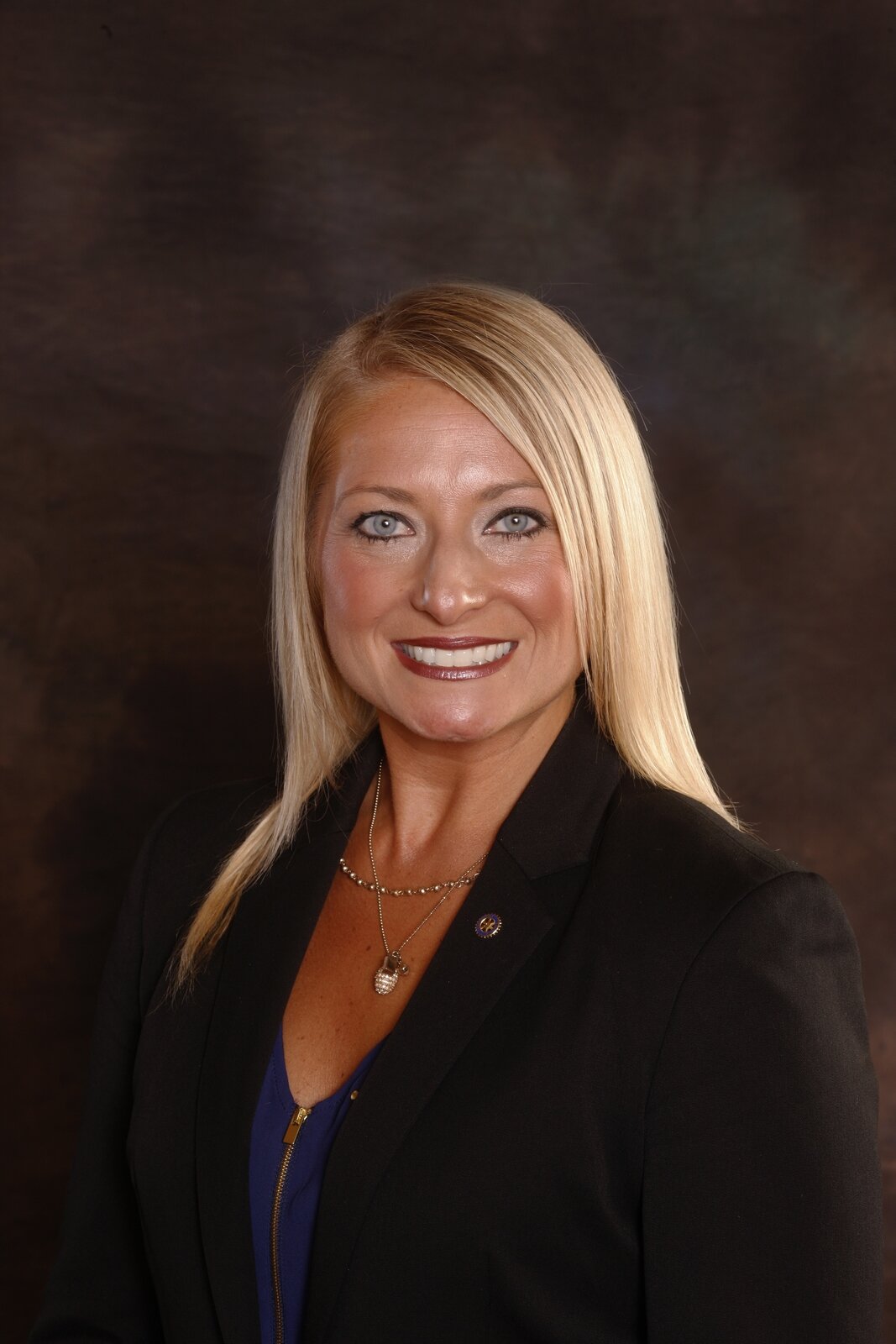
Rachel Blizzard, director of marketing and business development for McLaren Central Michigan hospital in Mount Pleasant, agrees. She laments the end of a health column in the local paper, The Morning Sun, and says McLaren has turned to social media more to communicate with the public as media coverage has declined. But she says both channels are “absolutely” necessary.
“It’s our job as the hospital to make sure we’re educating the community surrounding health and wellness,” Blizzard says. “But when you hear information from a trusted media source or trusted journalists surrounding health and wellness too, it’s just as impactful.”
“We need to cover health and see where it takes us”
Despite the challenges associated with the decline of health journalism, innovative solutions have begun to fill the gap in Michigan. At Michigan Radio, for example, Clark and her colleagues have partnered with Ann Arbor’s Community High School to create “Kids These Days,” a forthcoming podcast. The project, funded in part by the Michigan Health Endowment Fund, will engage teen reporters in covering issues relevant to their age group, including health topics like mental health and teen suicide.
Other outlets are putting an even more concentrated focus on health coverage. Jiquanda Johnson, a Flint-area native and former reporter for The Flint Journal and other Michigan publications, launched FlintBeat in 2017 to fill numerous gaps she saw in news coverage of the Flint area, including health reporting. Today she’s in the midst of an effort to beef up her online publication’s health coverage. She names the ongoing health effects of Flint’s water crisis, the many health challenges facing Flint senior citizens, and gun violence as some of the key issues she wants to dig into, with a focus on underserved and marginalized communities.
Johnson says she doesn’t have specific expectations of how that coverage will change her community.
“I just know that it’s needed,” she says. “I just know that in communities like this, we need to cover health and see where it takes us.”

Johnson and other health journalism innovators agree that new models are needed to move forward. Johnson plans to use solutions journalism, a model she’s used for many stories in the past, as the framework for her coverage. Solutions journalism, as described by the nonprofit Solutions Journalism Network (SJN), “focuses in-depth on a response to a problem,” emphasizes “effectiveness, not good intentions,” and “seeks to provide insight that others can use.” The idea is to combat reader fatigue brought on by overly negative storytelling and to spark meaningful action.

Carolyn Robinson, SJN’s Midwest region director, has worked with Johnson on multiple projects. She says solutions journalism is a particularly powerful way to cover health stories because it shows reporters’ “sincere engagement” with the communities they cover.
“Any problem, from a pothole to a pandemic, people are working on how to fix it,” she says. “If we don’t show those efforts in a credible, responsible, journalistic fashion, if we don’t report on that, we’re only telling half the story. … That’s where people start thinking that they don’t trust the media because the media is only telling half the story, not the whole story. The whole story is the problem and what’s working to fix it.”
Along with new storytelling models, media outlets have also adopted new funding models to advance health journalism – including ditching traditional media outlets’ for-profit structure, as in the case of the Ann Arbor-based nonprofit publication Bridge.
Bridge launched its Michigan Health Watch section in early 2019. Since then, the publication has dedicated its entire staff of 12 journalists to covering the COVID-19 crisis. John Bebow, Bridge president and CEO, says Health Watch drew about 250,000 readers in 2019. However, speaking in late March, Bebow said Bridge had already drawn 1.7 million readers just for that month.
“We are overwhelmed with how many people are reading Bridge right now, and I don’t say that as a point of hubris or bragging,” Bebow says. “I say it only because it suggests to us that this kind of information getting out to the public is so crucial.”
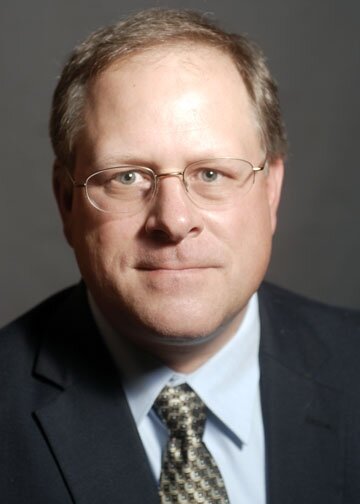
Bebow says Bridge “wouldn’t be able to do it” without philanthropic supporters including the Michigan Health Endowment Fund, the Michigan Health and Hospital Association, the Michigan Association of Health Plans, and the Ethel and James Flinn Foundation. The site also accepts donations from individual readers. Although Bebow says the nonprofit model is crucial to Bridge’s success, he emphasizes that he and his staff aren’t “tap-dancing on the graves” of traditional for-profit newspapers.
“We have brimming respect for our colleagues in traditional media,” he says. “Bridge is staffed by refugees of traditional media who have all come together this way because, before the coronavirus, we independently, individually, and as a collective made the judgment that the future in our profession is new models. And we are betting our careers on that. And now it’s our moment of truth [for] whether we can deliver.”
Beyond Bridge, nonprofit news is having a moment nationwide. Sue Cross is executive director and CEO of the Institute for Nonprofit News (INN), which sports a membership of over 240 nonprofit news outlets in North America, including Bridge. In a recent survey of those members, 40 outlets said they’d collectively dedicated an additional 200 reporters to COVID-19 coverage.
“It’s pretty significant levels of coverage that are being produced, even by organizations that aren’t health specialists,” Cross says. “… We used to think [nonprofits] were going to be a really important niche, and what I’d say is they’re going to be a lot more than a niche.”
The nonprofit model also encourages outlets to cover health and other issues in collaborative ways, which Bebow says “turns the old 20th-century news model on its head.”
“When I was coming up as a young reporter, the job was to get the exclusive, the story nobody else had,” he says. “A lot of what nonprofit news is doing is getting the inclusive, combining resources to tell stories together because there aren’t enough of us journalists to cover it all.”
One notable example of that type of effort is “Seeking a Cure: The Quest to Save Rural Hospitals,” a collaborative reporting project involving Bridge and 11 other INN member outlets spread across the Midwest. Each outlet contributed stories on challenges for rural hospitals in its market, and all the stories were housed on a single project website. INN and SJN both funded the project.
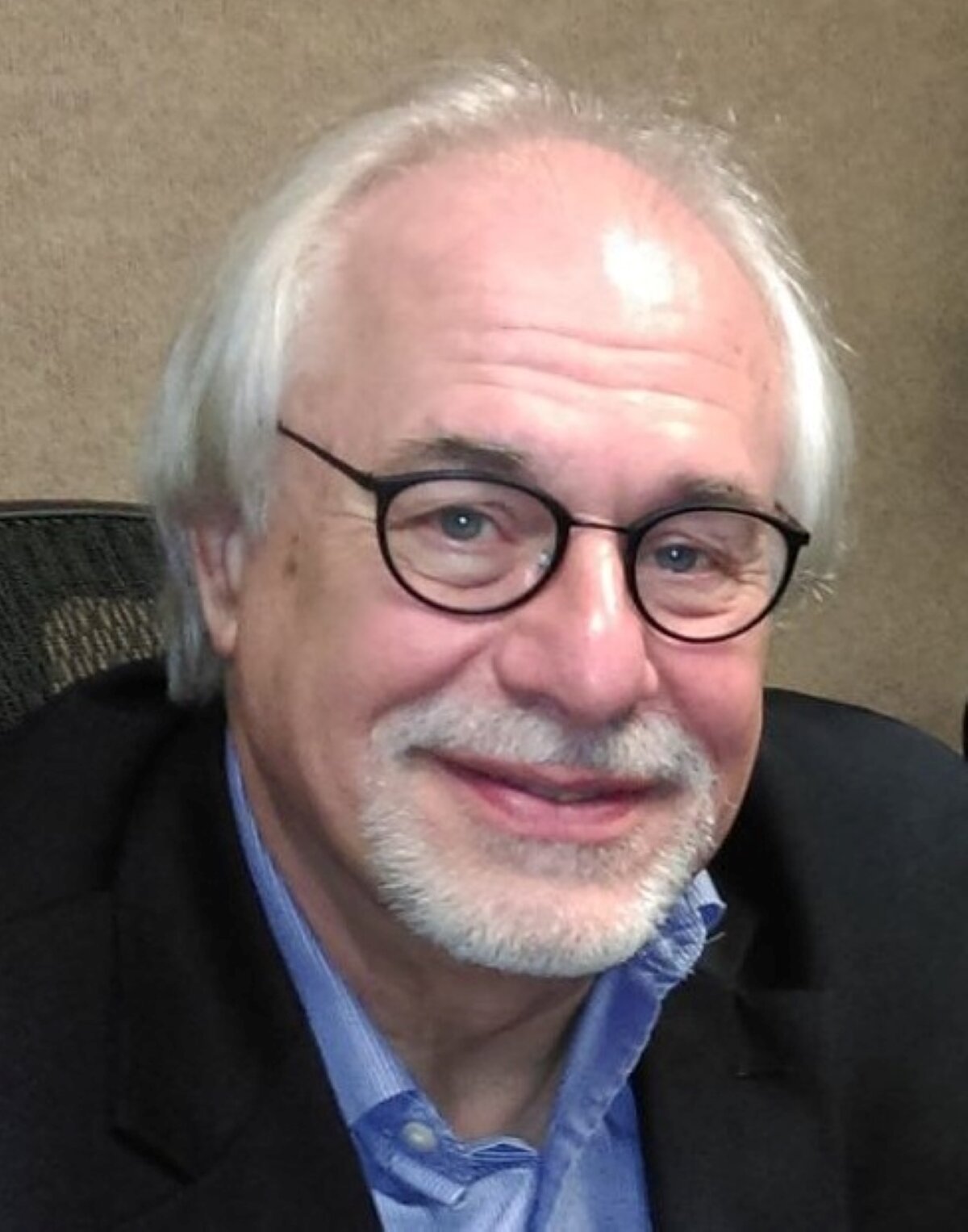
“My philosophy was that if you did a story locally, it’d be a local problem,” says Lyle Muller, “Seeking a Cure” project editor. “… But given that the problem exists elsewhere, you might as well take a look at the problem on a larger scope so that, instead of it being a problem for Iowa Falls or Iowa to solve, all of a sudden it becomes a problem for the Midwest. And by virtue of being in the Midwest, it becomes a national problem to solve.”
The “Seeking a Cure” team was successful in amplifying its work. The stories were shared widely by both local and national media outlets, including the Associated Press, Yahoo! News, and Salon.com.
“We’ve got to work together,” Bebow says. “We’re better and stronger together than we are in competition.”
The exact details of the path to restoring health reporting in Michigan – and the rest of the country – remains unclear. But it will undeniably require rethinking, perhaps entirely reversing, some of the basic tenets of traditional journalism. And while a new model has yet to fully emerge, local innovators are continuing to experiment until they find what works.
“If we don’t do it, we’ll never know,” Johnson says. “I see the problems and I feel like if we write about them, if we cover them, maybe residents will become aware. Maybe they will have a sense of empowerment and take some ownership and accountability when it comes to their health. Maybe they will do some due diligence. I don’t know. But I want to know, I want to see, and I want to be part of that solution.”
Patrick Dunn is the managing editor of Concentrate and the project editor for State of Health.
Lead graphic by Jermaine Dickerson. Zoe Clark photo by Doug Coombe. Jiquanda Johnson photo by Mike Naddeo. All other photos courtesy of sources.



